I’m sure this is not exactly a surprising revelation, but the last year has been a weird one. Therefore it feels somewhat appropriate that my return to the View from San Francisco series after almost three years – I attended the 2019 Eurovision so only wrote one post from San Francisco after leaving Tel Aviv, and you know what happened last year – takes a bit of a turn from its previous normal, much like the rest of the world has done.
I started this blog series back in 2016 as some sort of an experiment: one that allowed me to see how many words I could write about the show’s rehearsals without actually attending them, given that I was halfway around the world. The answer, as you might already know, is “a lot”, but that’s not really the point.
What is the point? That starting my coverage of Eurovision 2021 – an edition that is a somewhat odd hybrid of a standard Eurovision edition and a Eurovision Redo – I realized that this year’s blog is also going to be a bit of an odd hybrid. If before 2019 I wrote it because I couldn’t watch the rehearsals in full, this year’s circumstances actually allow me to watch them from my San Francisco home, 8820km or so from Rotterdam. At the same time, also because of the same circumstances (and the untraditional setup of this year’s press centre) I won’t be able to watch all of the rehearsals live, because apparently a human is supposed to sleep occasionally and let’s just say that the rehearsal schedule and the 9-hour time difference aren’t friends. This means that some days will be like the good old days, and some days will be the new and maybe temporary normal. Not confusing at all, right?
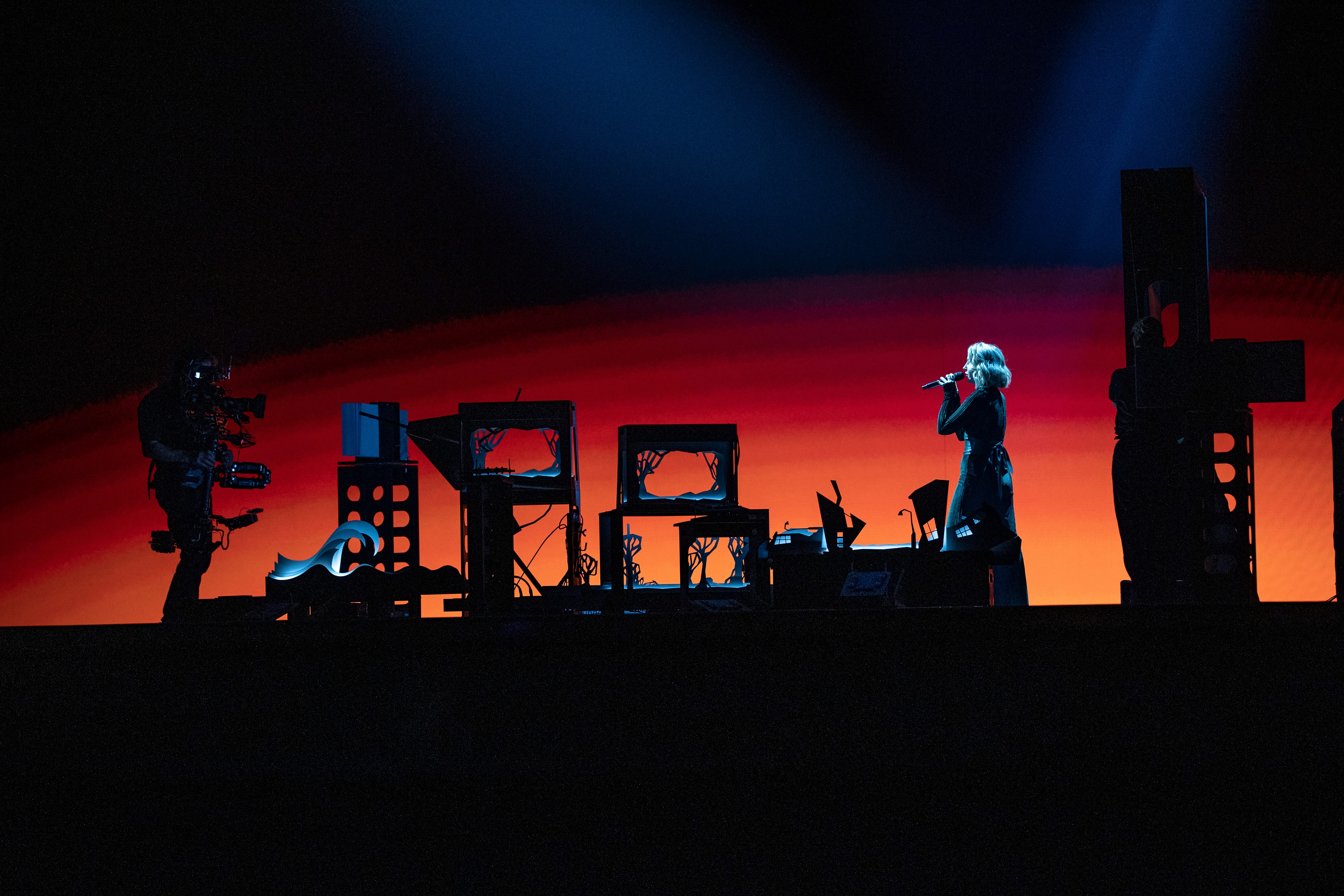
Lost and Found (EBU / Anders Putting)
With Felix taking the lead on the first rehearsals, the first day felt like when I left off from the View from San Francisco back in 2018 – which basically means that I was once again reminded how very little footage the official first rehearsal videos provide these days.
So what did I learn from about 50 seconds total of stage footage across the first six rehearsals? Not much, except that I’m now fairly certain that 50 seconds are long enough to gauge that maybe someone needs to tone down the speed of whatever is happening on the backdrops a notch, because I don’t think “epileptic seizure” is the impact they were going for.
Other than that, it was also the first glimpse into one of the aspects that probably made this year’s Eurovision a bit different for the delegations: not knowing whether there will be audience this year, and if so, how many. It doesn’t take much experience in the field to know that not having an audience means having to think about the performance in a more isolated way, and finding a concept that works visually on screen while not relying much on audience interaction or even shot and camera angle variety. This benefits performers like Lithuania’s The Roop, with their performances always being more on the side of a videoclip aesthetic anyway and you didn’t need much imagination to see how closely related their official video – in itself a development of the national final performance – is to the Eurovision staging.
The other take on how to frame the performance was Sweden, a country that specializes in getting its staging together for Melodifestivalen anyway, and as it was shot without audience, Tusse’s staging was already effective in framing the performance to look like a video in the event audience shots will not work this year – while also being poised to benefit from some wide shots if it is possible, as that would also fit the feel of the song.
This, incidentally, makes me wonder whether Australia will be as disadvantaged as I originally thought when I heard they’d have to resort to the live on-tape performance especially after finding out we will have an audience this year. The audience can definitely push some performances more, but if a few more countries in this semi adopted the videoclip feel approach with minimal wide shots, it might not suffer as much in comparison.
Elsewhere, Slovenia’s Ana Soklič managed to mash up what felt like six different previous Eurovision stagings into her 15 seconds of footage, and throw in the backdrop she lifted off this year’s Swiss delegation when they weren’t looking. All of this while standing alone on stage and belting her ballad like it wasn’t a morning technical rehearsal. Where do I sign up for this impressive level of multitasking?
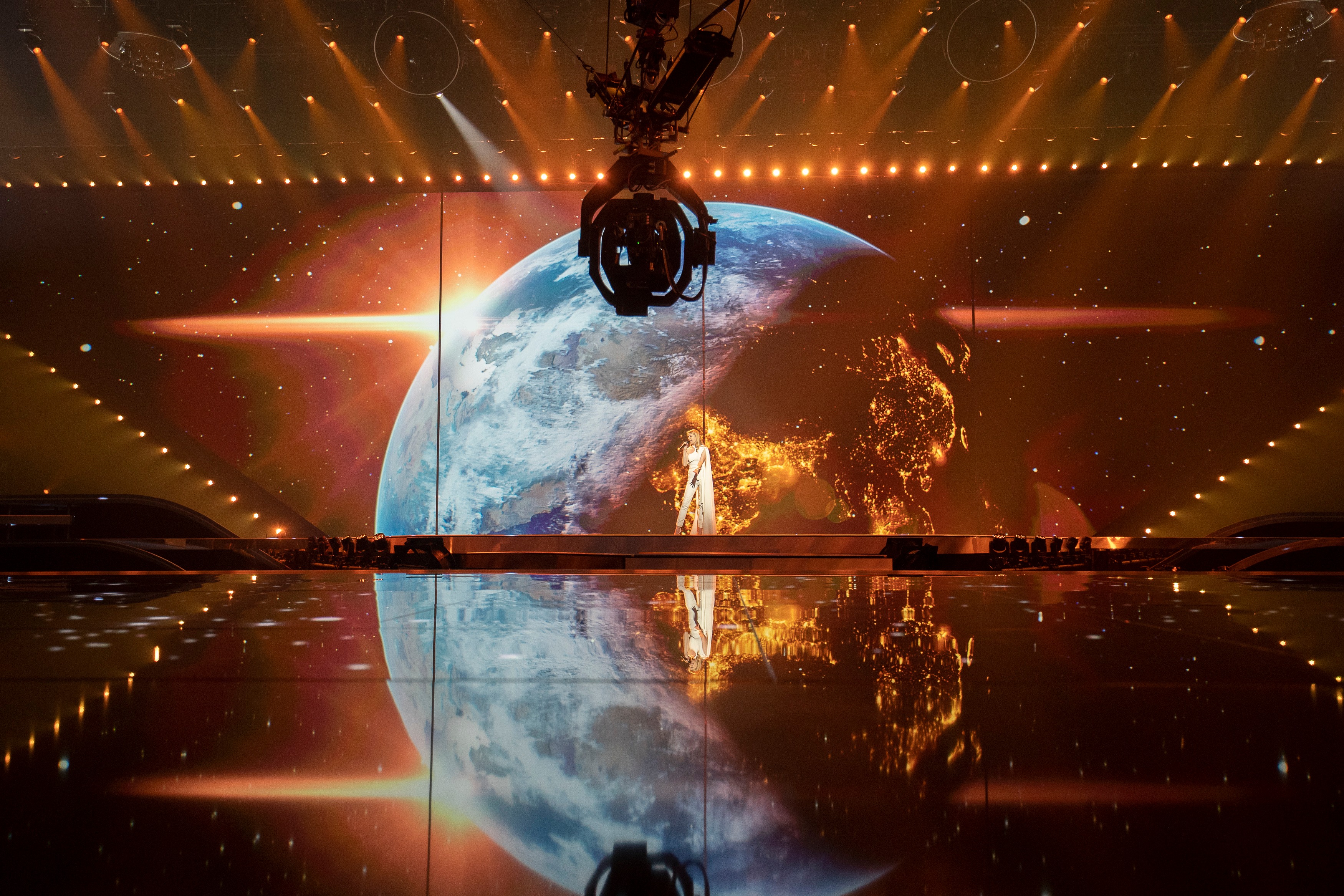
If the World Stopped Turning (EBU / Anders Putting)
Not wanting to be upstaged by Ana’s nod to previous Eurovision stagings, Manizha did it in her unique crazy Manizha way, and showed that even in 2021 it is possible to have a unique take with a distinctively Russian flair on one of the oldest Eurovision book tricks: the dress change! Do you hear that noise? That’s Daria Kinzer demanding a redo.
I actually managed to watch Vasil’s video about four times – which is four times more than I needed to hear any part of the song – but even four times later all I remember about North Macedonia is a disco ball and backdrop effects that looked like the lights of San Francisco’s Bay Bridge where the movement of the lights reflects the water currents. I’d actually be OK with staring at a 3-minute Bay Bridge at Night video while Vasil’s performance is on.
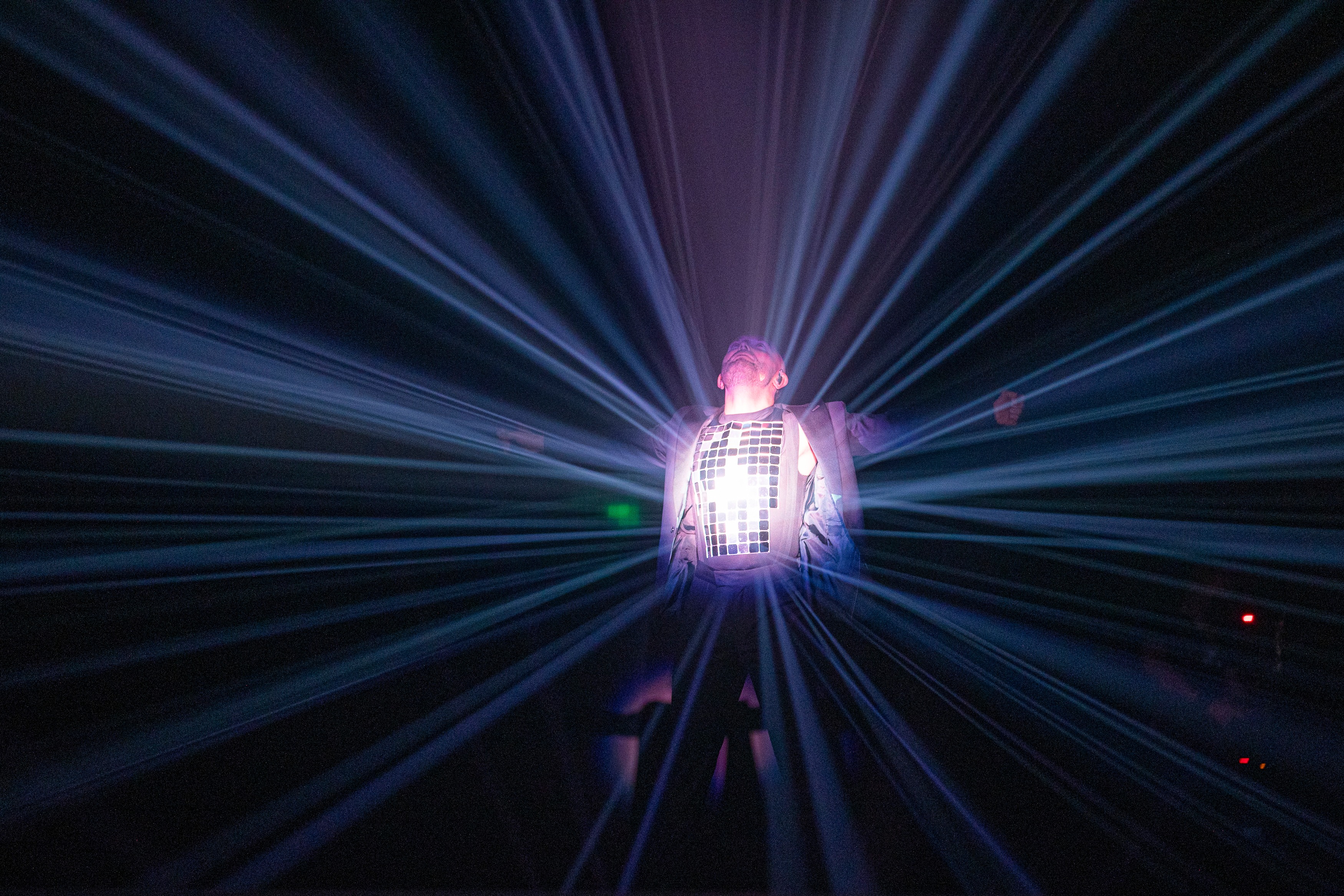
In the Disco (EBU / Anders Putting)
Ireland has been having an impressive run over the last years in terms of bringing a ridiculous amount of stage props – hot air balloons, benches and street lamps, and even a diner. But this year they finally – finally! – managed to do the unthinkable: they brought more stage props than Russia! And with Belarus out of the picture they also stepped nicely into Zena’s shoes with an impressive display of “I have no idea what any of this is supposed to be and why it’s where it is.” It worked for Zena, so who knows. Everything can still happen!
And with this optimistic declaration – I’m sure it won’t happen again – I’ll leave you alone for approximately two and a half seconds, because we’re a few hours away from day 2 of rehearsals, where you’ll find me live blogging the first half of the day. Stay tuned!

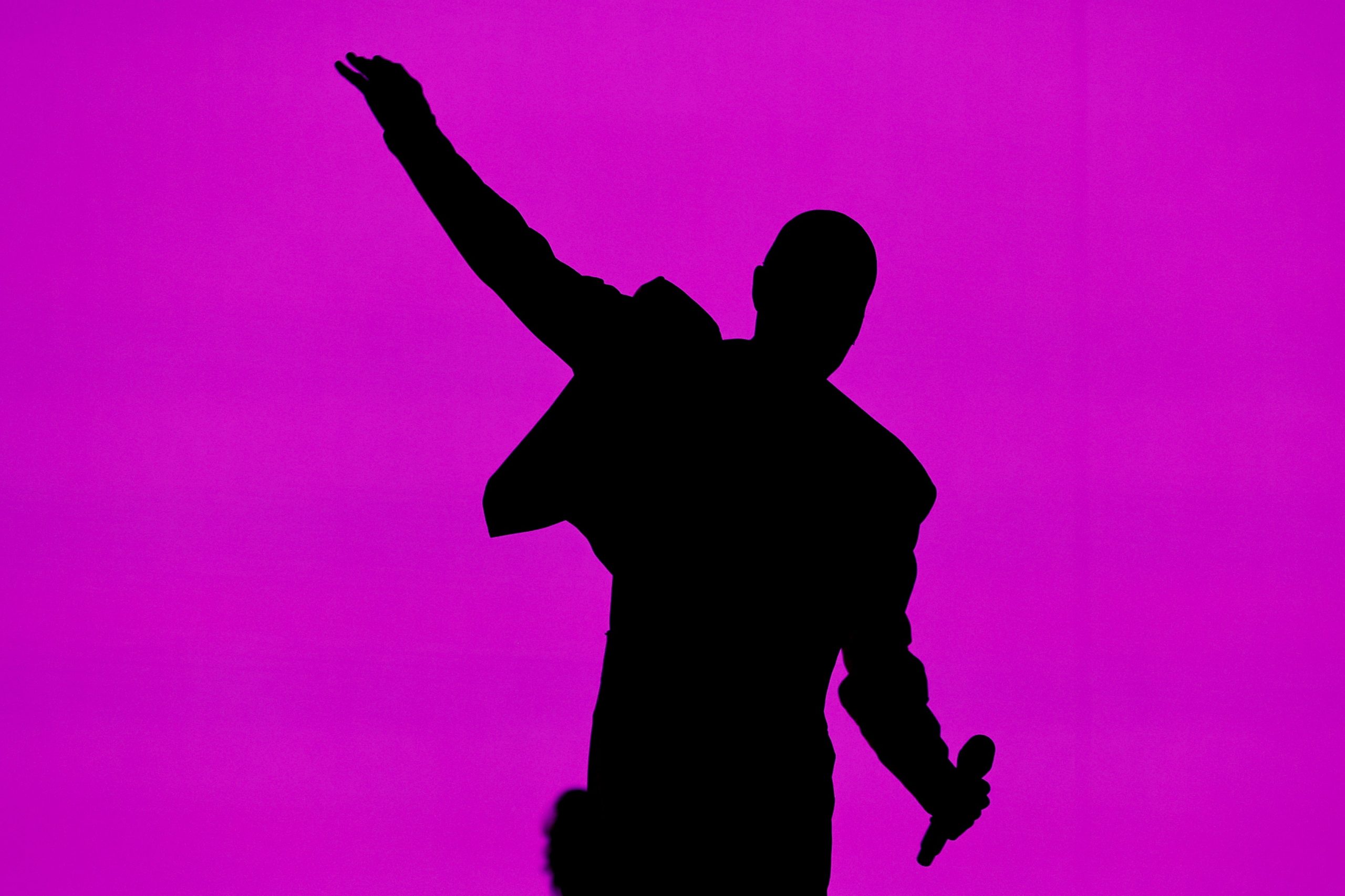
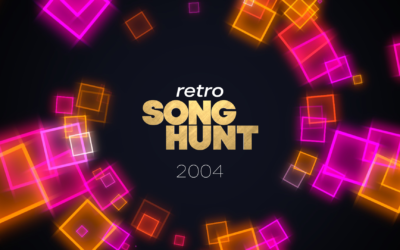
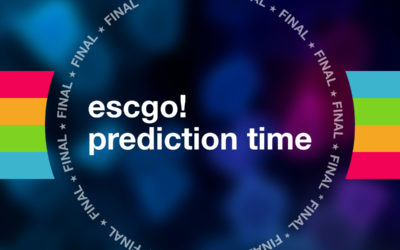
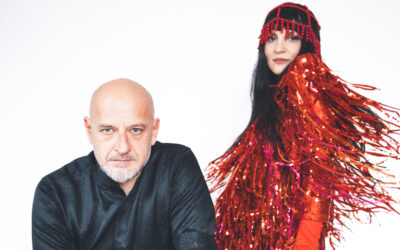


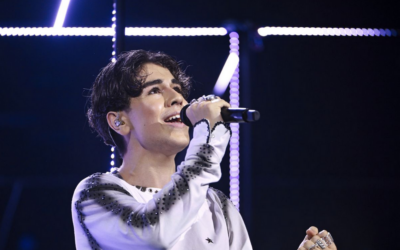

0 Comments